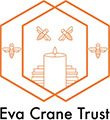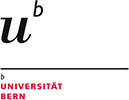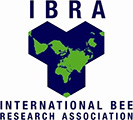|
We investigated pathogens in the parasitic honeybee mite Varroa destructor using nanoLC-MS/MS (TripleTOF) and 2D-E-MS/MS proteomics approaches supplemented with affinity-chromatography to concentrate trace target proteins. Peptides were detected from the currently uncharacterized Varroa destructor Macula-like virus (VdMLV), the deformed wing virus (DWV)-complex and the acute bee paralysis virus (ABPV). Peptide alignments revealed detection of complete structural DWV-complex block VP2-VP1-VP3, VDV-1 helicase and single-amino-acid substitution A/K/Q in VP1, the ABPV structural block VP1-VP4-VP2-VP3 including uncleaved VP4/VP2, and VdMLV coat protein. Isoforms of viral structural proteins of highest abundance were localized via 2D-E. The presence of all types of capsid/coat proteins of a particular virus suggested the presence of virions in Varroa. Also, matches between the MWs of viral structural proteins on 2D-E and their theoretical MWs indicated that viruses were not digested. The absence/scarce detection of non-structural proteins compared with high-abundance structural proteins suggest that the viruses did not replicate in the mite; hence, virions accumulate in the Varroa gut via hemolymph feeding. Hemolymph feeding also resulted in the detection of a variety of honeybee proteins. The advantages of MS-based proteomics for pathogen detection, false-positive pathogen detection, virus replication, posttranslational modifications, and the presence of honeybee proteins in Varroa are discussed. |
|
Erban, T., Harant, K., Hubalek, M., Vitamvas, P., Kamler, M., Poltronieri, P., Tyl, J., Markovic, M., Titera, D. (2015). In-depth proteomic analysis of Varroa destructor: Detection of DWV-complex, ABPV, VdMLV and honeybee proteins in the mite. Scientific reports, 5.
|
| http://www.nature.com/articles/srep13907 |









